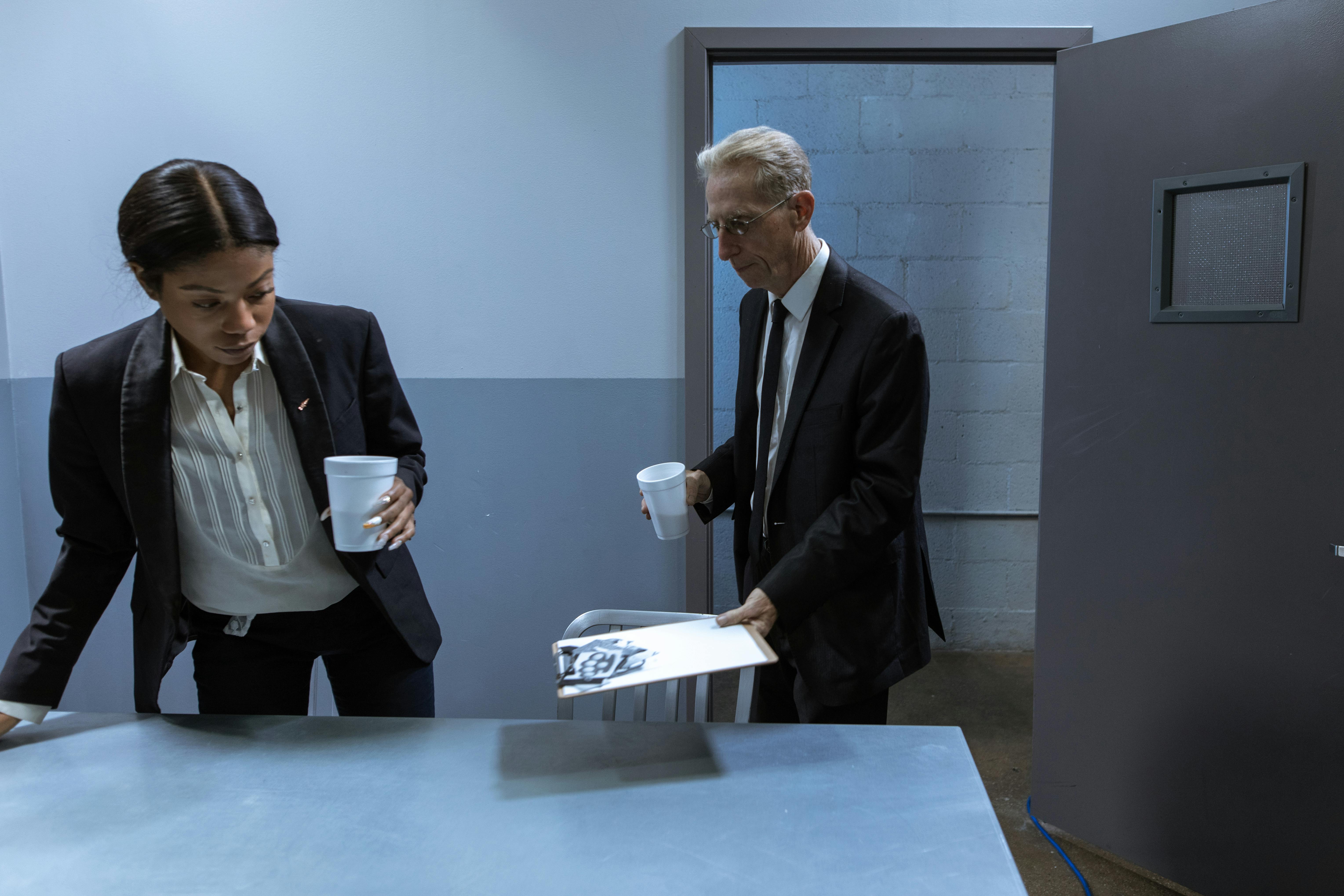Neoclassical and Rococo styles contrast with each other. Neoclassicism appeared in the 1780s, following the Rococo style. Neoclassicism was a reaction to the fluffiness and elaboration of the Rococo style. These two movements gave rise to the Baroque, one of the most impressive periods in the history of art.
The Rococo movement gave rise to the Baroque at the end of the reign of the Sun King, Louis XIV. Baroque artists used geometric shapes and intended to give a dramatic and theatrical effect. It was complex and very elaborate. Large-scale designs were one of the basic characteristics of the Baroque. Scenes from the Bible were used as baroque themes. Baroque artists sought to evoke a feeling of respect and fear and emphasize the power of the Sun King. When the king died, court artists moved away from formal Baroque art for a lighter and more playful style, which was Rococo.
If we assume the baroque as a bottle of champagne, the rococo can be assumed as the foam of champagne. Rococo art has some stylistic characteristics of the Baroque, such as complex forms, but the subjects that interest Rococo artists were lighter. They did not address serious issues such as religious, moral or political issues. Instead, they focused on the animated physical world, the social life of the aristocracy, personal fun, romance, and pleasure.The Rococo style was characterized by asymmetry, curved lines, and ornaments. Mostly, soft pastel colors were used in the Rococo style in contrast to the dark colors of the Baroque period. Contrary to the magnificent architecture and massive marble statues of the Baroque period, the Rococo style was expressed primarily in small-scale interior designs, furniture, tapestries, porcelain, and paintings. It is generally known as a decorative art style.
At the end of the 18th century, neoclassicism appeared as a reaction to the elaboration, lightness, and bourgeoisie of the Rococo style and focused on proportional and simple forms, virtual themes, and Roman antiquity. Neoclassical artists were concerned with technical perfection, harmony, and balance. Geometric shapes and columns were the main characteristics of the neoclassical style. Sharp colors were used in contrast to the pale colors of the Rococo. Neoclassicism was a strong movement in literature and music, as well as architecture and the visual arts.
Interest in Roman antiquity aroused with the archaeological studies of the time. The discovery of ancient ruins stimulated admiration for the civilization, art and glories of the Greek and Roman times. The taste for art totally changed and the ideal beauty of ancient art was favored over nature itself. Neoclassical artists were inspired by the noble simplicity of Greek and Roman figures. Meanwhile, it was the period of revolutionary movements and ancient Greek democracy was highly appreciated in this period. After serving the French Revolution, neoclassicism had been the official art of the French Empire when Napoleon came to power and was aimed at showing the magnificence of the empire with heroic figures. Neoclassical themes were based on virtues such as heroism, courage, honor, justice, devotion to duty, and self-sacrifice. Neoclassicism dominated until the end of the 19th century.


